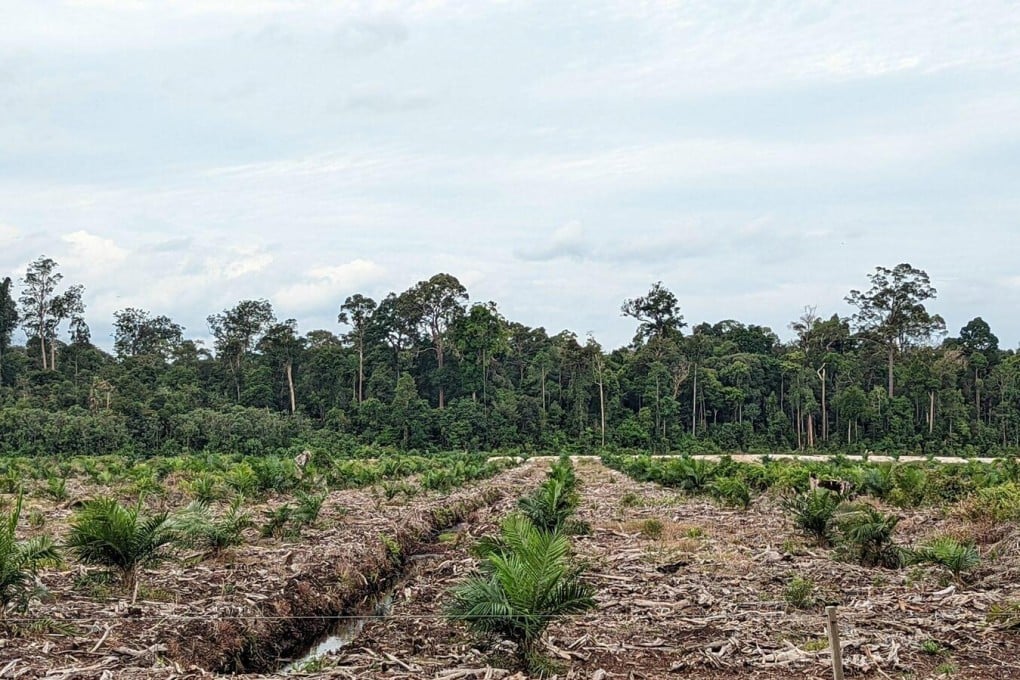Malaysia’s Johor royals linked to forests felled for oil palm plantations without full approval
- Satellite images show hundreds of hectares of trees cleared from a site by a company Johor’s royal family part owns, without the proper approvals
- Locals say nearby plantations turned rivers itchy, sour and at times coffee-black – and drove elephants out of the forests into surrounding villages

A Malaysian plantation company, with the Johor royal family as its indirect majority shareholders, may have been developing land well ahead of getting the necessary approval.
Satellite images show that in 2020 to 2021, more than 600 hectares (1,483 acres) of forest on the 3,775-hectare site were cleared in Johor. By June last year, kilometres of new irrigation drains criss-crossed the site, which is sandwiched between forest reserves, plantations, rivers, and villages.
Logging and agricultural activity of such scale needs prior approval from state and federal authorities in Malaysia. The developer must submit an environmental impact assessment (EIA) report to be reviewed and approved by the federal Department of Environment.
Environmental troubles are already prominent around the site. Local villagers told This Week in Asia that other existing plantations had turned an adjacent river sour and sometimes the colour of black coffee; and “homeless” elephants had crossed the river into their village, once uprooting banana plants behind the school and damaging a metal gate to the plantations.
An EIA report shows if and how the developer would mitigate these environmental impacts. But AA Sawit Sdn Bhd, the company responsible for establishing the plantation, only filed its EIA report dated June 2022 a few weeks ago. By then, the site had been logged and worked on for two years.
Teckwyn Lim, a forestry consultant in Malaysia with two decades’ experience, says the AA Sawit project reflects the “typical” scenario. “After a project has received local or state authority’s approval, the EIA [report approval] is seldom an obstacle” and just “a box to tick,” he said.